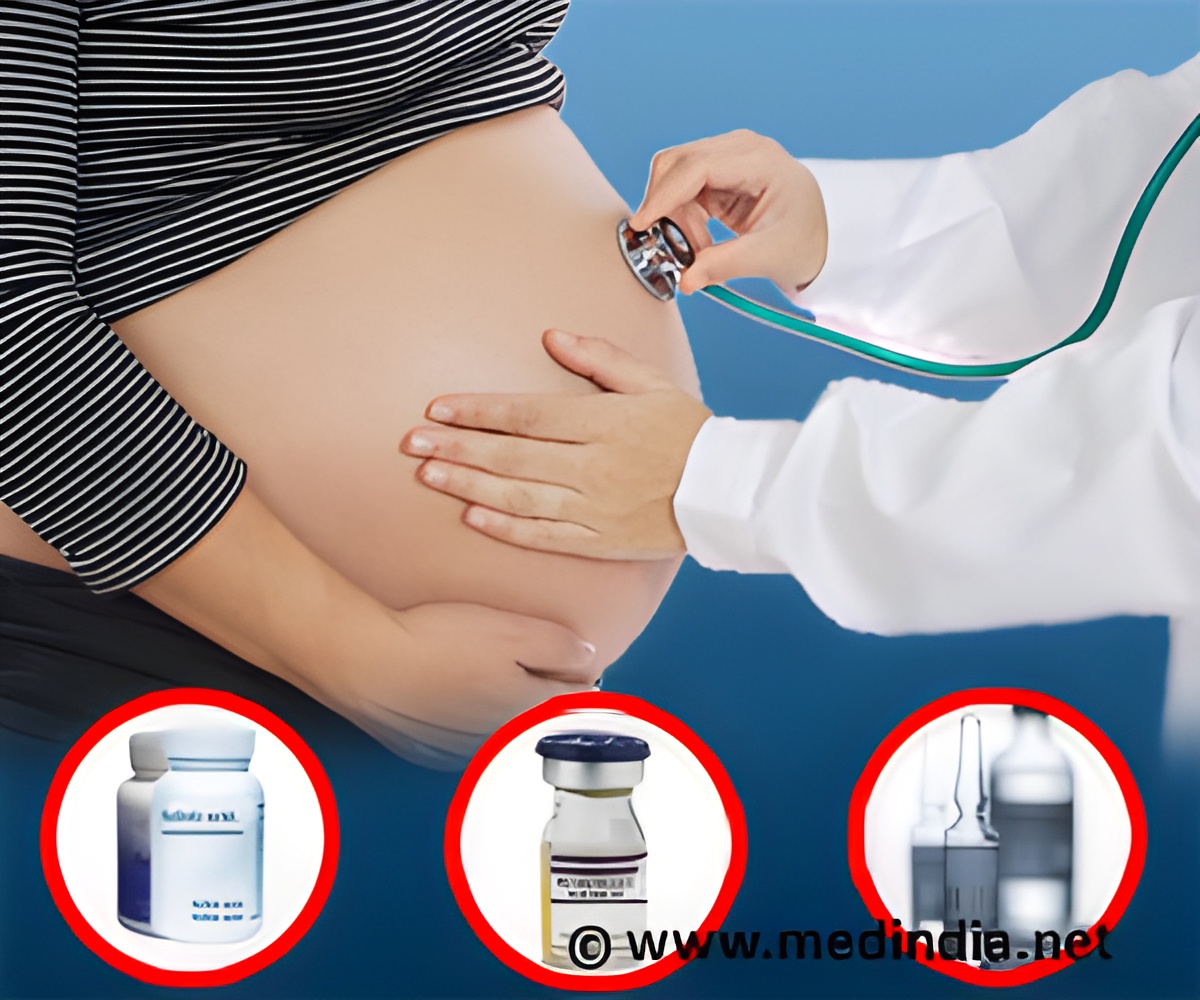Patients with a high hCG level 6 months post-hydatidiform mole evacuation are advised chemotherapy. However, close surveillance may be more than sufficient in a number of these patients.

A hydatidiform mole is an abnormal growth within the uterus at the beginning of pregnancy. The tissues, which should have normally developed into the placenta (the tissue which attaches the fetus to the uterus and provides nutrition to the fetus), grow abnormally and forms a mass.
Hydatidiform mole often affects women less than 16 years or more than 45 years of age. Symptoms include vaginal bleeding in the first three months of pregnancy. Blood or urine tests reveal a very high level of human chorionic gonadotropin (hCG). (hCG is the same hormone whose levels are detected during a pregnancy test). The mole is treated with a surgical procedure called dilatation and curettage, in which the uterus is evacuated of its contents. The abnormal tissues can then be directly examined and the diagnosis confirmed.
The tissue remaining in the uterus following the evacuation procedure normally regresses. In some cases, however, this tissue may undergo cancerous changes and result in a cancer called choriocarcinoma. Cancerous changes are detected by a rise in hCG level, thus hCG levels are regularly monitored after removal of hydatidiform mole. Suspected cases of cancer are treated with the chemotherapy with methotrexate or dactinomycin.
It has been suggested that women with high hCG levels beyond 6 months post evacuation of hydatidiform mole should be treated with chemotherapy drugs, even if the hCG levels are falling. The reason behind this is, if chemotherapy is delayed beyond a certain point, it becomes more and more difficult to treat the cancer. But is this really necessary? Some researchers conducted a study to answer this question.
Patient data was collected from a hospital database between January 1993 and May 2008. Patient records with persistently high hCG levels 6 months after hydatidiform mole evacuation were identified. Some of these women underwent continued surveillance, whereas others were treated with chemotherapy.
In women who underwent chemotherapy, blood testing was done twice a week till the levels came down to normal. Testing was then done once a week till 6 weeks following the end of chemotherapy. At this point, the patients underwent Doppler ultrasound. Frequency of testing was further reduced, till only urine testing every 6 months was necessary.
Thus, despite not receiving chemotherapy at 6 months post-evacuation, none of the patients under surveillance developed cancer or had a relapse.
Ten patients with persistent hCG levels 6 months after evacuation were given chemotherapy with methotrexate and folinic acid. (Methotrexate is curative for cancers due to hydatidiform mole. Folinic acid is given along with methotrexate to prevent some of its side effects). Six of these patients responded completely to treatment with a normalization of hCG levels. In 2 patients, hCG levels came to normal after treatment was stopped, within 1 week and 1 month. In the last 2 patients, hCG levels continued to be slightly high for 3 and 15 years. Both these patients did well and had successful pregnancies.
Thus, in patients of hydatidiform mole with declining hCG levels at 6 months, chemotherapy may not be required. Instead, continued surveillance in these patients may be more than enough. This approach could especially be followed in patients not at a high risk for developing cancer. The patient can thus avoid the side effects of chemotherapy. This approach could also enable patients to plan their next pregnancy earlier.
To decide which patients should undergo chemotherapy and which should not, a cut-off value could be marked below which chemotherapy may not be necessary. Chemotherapy should be considered in patients with high hCG levels, with imaging tests indicating cancer or when hCG levels are consistently plateaued or rising.
Further large-scale studies are necessary to establish the findings of this study.
Reference:
Chemotherapy and human chorionic gonadotropin concentrations 6 months after uterine evacuation of molar pregnancy: a retrospective cohort study; Roshan Agarwal et al; The Lancet, Early Online Publication, 29 Nov 2011.
Source-Medindia














